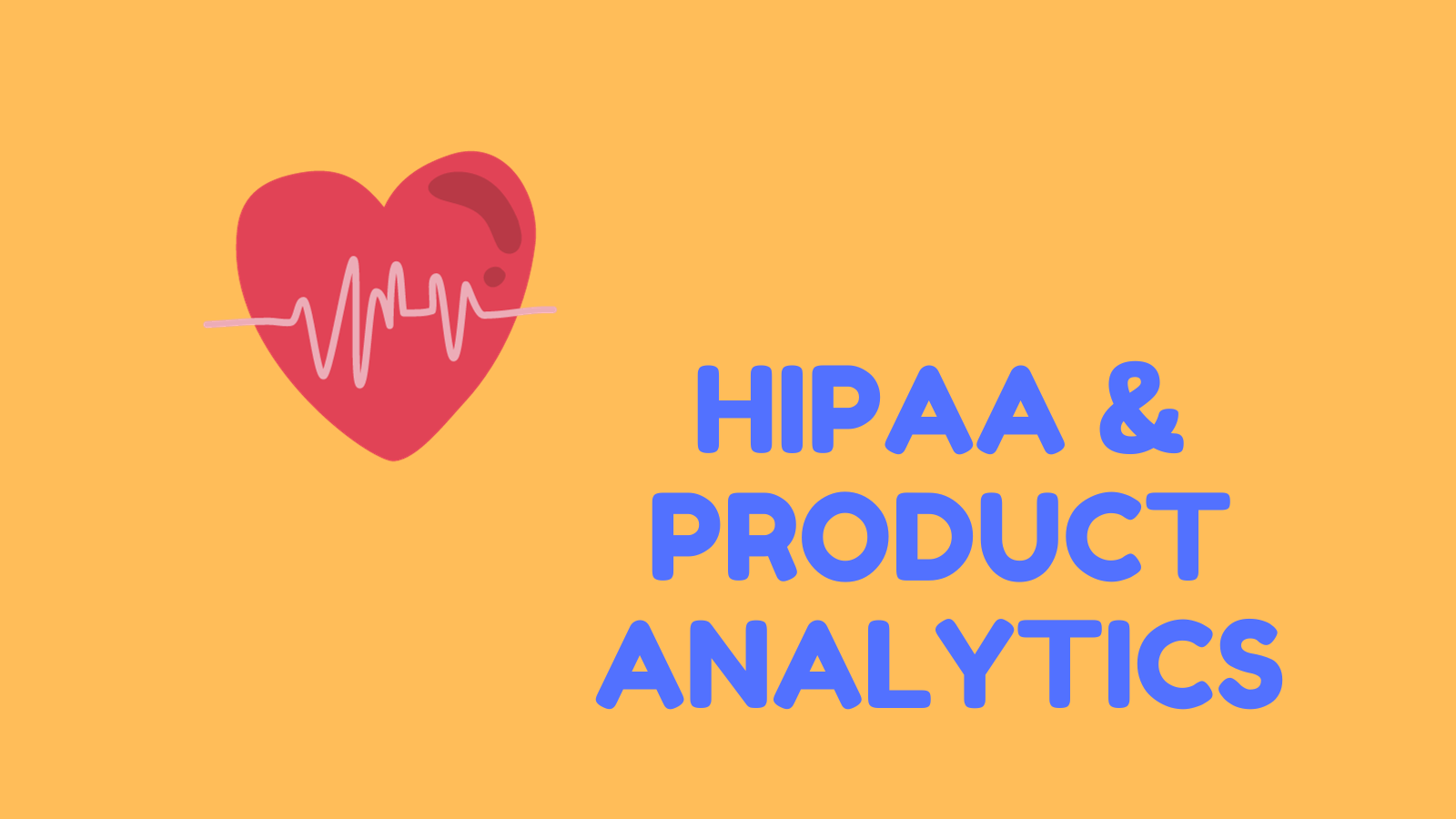In the fast-paced world of digital innovation, businesses across industries increasingly rely on product analytics to glean insights that can propel them ahead in the competitive landscape. However, for healthcare organizations and those dealing with sensitive patient data, the landscape is competitive and laden with regulatory challenges. One such significant hurdle is the Health Insurance Portability and Accountability Act, or HIPAA, which casts a vigilant eye on the use of patient information. Let’s delve into the intricacies of product analytics and its intersection with HIPAA compliance.
Understanding the Basics of Product Analytics
At its core, product analytics involves collecting and analyzing data generated by user interactions with a digital product. This process empowers businesses to make informed decisions, enhance user experiences, and optimize offerings. From tracking user engagement to identifying patterns in consumer behavior, product analytics is a powerhouse of insights that can drive innovation and business growth. However, as businesses harness the potential of these analytics tools, they must be mindful of the regulatory framework that governs the use of sensitive information, especially in the healthcare sector.
HIPAA, enacted in 1996, is the guardian of patient privacy in the United States. It sets the standard for protecting sensitive patient data and outlines stringent rules for its use and disclosure. Any entity dealing with protected health information (PHI) must adhere to the standards laid out by HIPAA to avoid severe legal consequences. Integrating product analytics into healthcare systems requires a delicate balance between extracting valuable insights and safeguarding patient confidentiality. Consequently, businesses must implement robust strategies and technologies to ensure compliance with HIPAA regulations.
Challenges in Harmonizing Product Analytics with HIPAA Compliance
One of the primary challenges in marrying product analytics with HIPAA compliance lies in the vast amounts of data that healthcare organizations handle. Patient records, medical histories, and other sensitive information are invaluable for product analytics, but HIPAA circumscribes their use. Striking a balance between leveraging this data for insights and ensuring its protection is a tightrope that demands meticulous planning and execution.
HIPAA compliance demands that organizations implement stringent security measures to safeguard patient data. Encryption, access controls, and regular audits are just a few necessary steps to ensure data protection. When applying these measures to product analytics, businesses often face the challenge of maintaining their analytics processes’ agility and real-time nature. This involves implementing sophisticated technologies that can seamlessly integrate security protocols without compromising the speed and efficacy of data analysis.
Furthermore, as technology evolves, so do the methods employed by cybercriminals. Healthcare organizations leveraging product analytics must stay ahead of the curve in cybersecurity to prevent unauthorized access and data breaches. HIPAA, emphasizing data security and integrity, requires organizations to identify and mitigate potential risks proactively. Therefore, investing in cutting-edge cybersecurity measures becomes necessary for compliance and a crucial component of ethical and responsible data handling.
Strategies for Seamless Integration
Successfully integrating product analytics with HIPAA compliance requires a strategic approach that considers the healthcare landscape’s technical and regulatory aspects. One key strategy is the adoption of privacy-by-design principles. This involves embedding privacy considerations into the very architecture of product analytics systems. By incorporating privacy measures from the outset, businesses can mitigate risks and ensure that HIPAA compliance is integral to their analytics processes.
Moreover, organizations must conduct regular risk assessments to identify potential vulnerabilities in their product analytics infrastructure. This proactive approach allows for the timely implementation of security measures, ensuring that the risk of data breaches is minimized. Additionally, training and educating employees about HIPAA regulations and the importance of data security are crucial steps in maintaining compliance. Human error is often a significant factor in data breaches, making employee awareness and training pivotal in the overall security strategy.
Implementing a robust data governance framework is another strategy that can streamline the integration of product analytics and HIPAA compliance. This involves defining clear policies and procedures for data collection, storage, and analysis. With a well-defined data governance framework, organizations can ensure that all product analytics processes align with HIPAA regulations, leaving no room for ambiguity or oversight.
Conclusion
In the era of data-driven decision-making, product analytics has emerged as a powerful tool for businesses to stay competitive and relevant. However, the journey is fraught with challenges for healthcare organizations navigating the intricate web of HIPAA regulations. Integrating product analytics with HIPAA compliance requires a concerted effort encompassing technological innovation, regulatory adherence, and a commitment to safeguarding patient privacy. By adopting strategies that prioritize privacy, conduct regular risk assessments, and implement robust data governance frameworks, healthcare organizations can harness the benefits of product analytics while staying within the bounds of HIPAA. The marriage of these two realms is a legal necessity and a commitment to ethical data handling in an increasingly interconnected and data-centric world.


